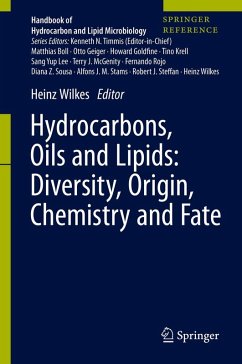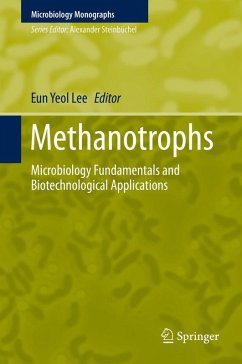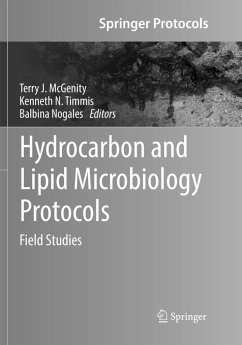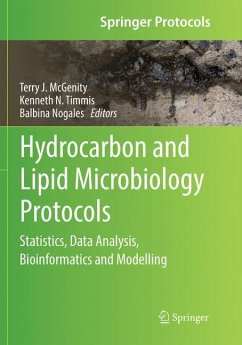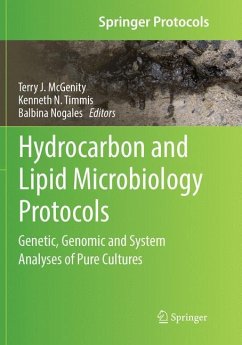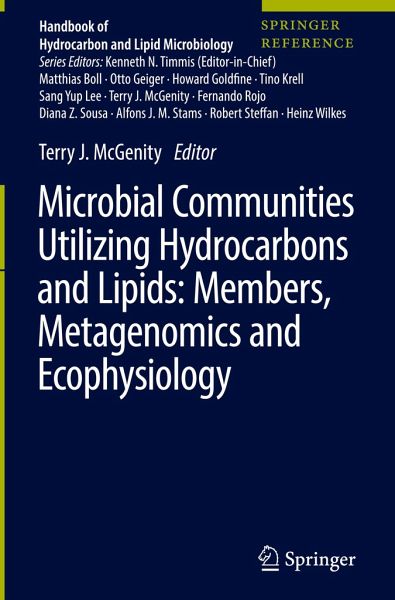
Microbial Communities Utilizing Hydrocarbons and Lipids: Members, Metagenomics and Ecophysiology
Versandkostenfrei!
Versandfertig in 6-10 Tagen
282,99 €
inkl. MwSt.

PAYBACK Punkte
141 °P sammeln!
This book provides comprehensive, authoritative discussions about microbial communities in environments that are rich in hydrocarbons, crude oil or lipids. It encompasses natural environments, such as tar sands, oil seeps and reservoirs, as well as habitats where methane is produced. Equally, the book deals with habitats that have been influenced by human activity, including oil-contaminated soils, aquifers, coast and seas. The book opens with a series of chapters considering the contemporary approaches used to investigate microbial communities.




